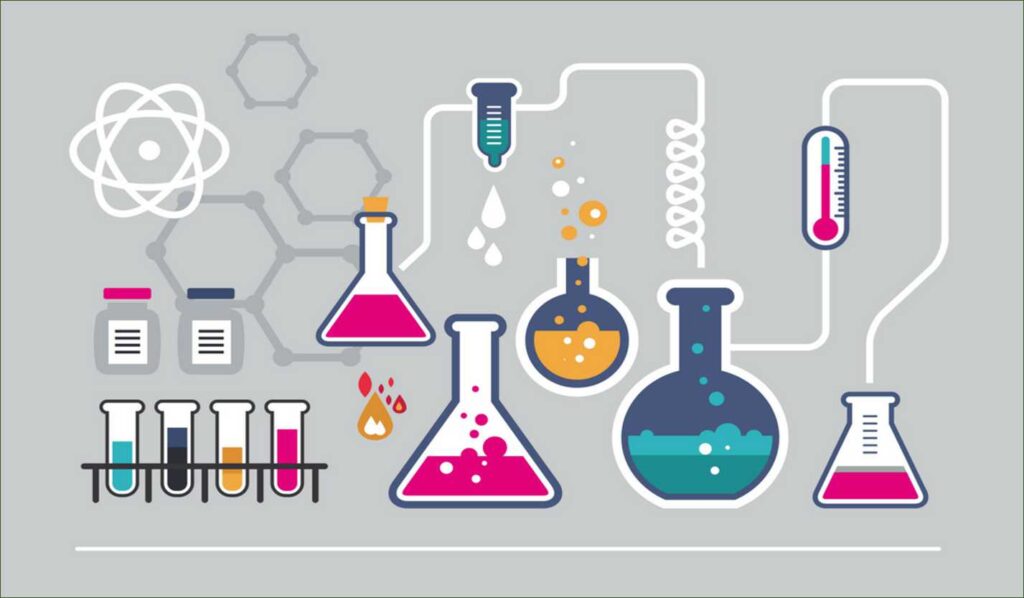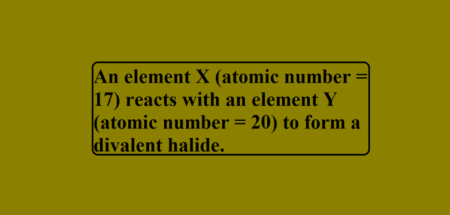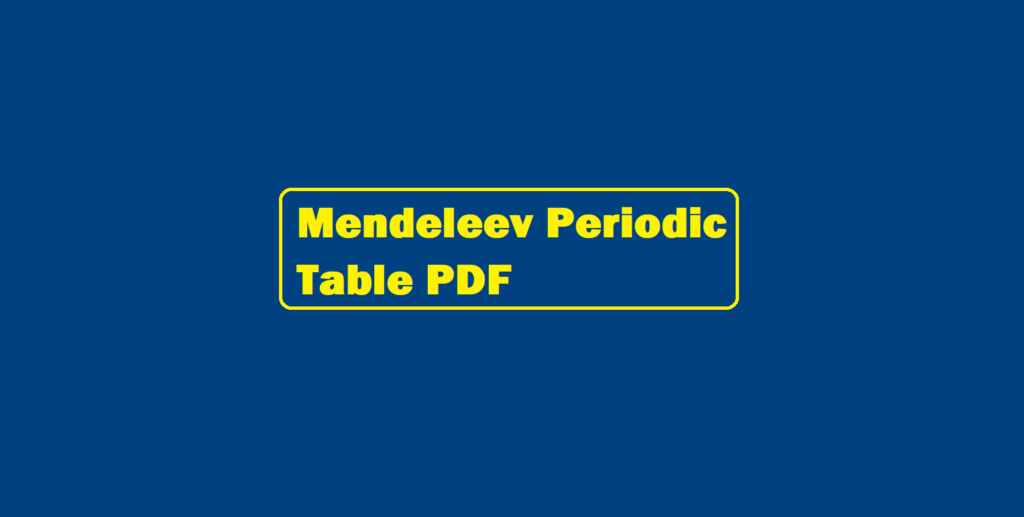Chemical Reactions And Equations Notes
Physical Change
Change in physical properties.
- Melting
- Boiling
- Condensation
Note- No change occurs in the identity of the substance
Chemical Change
- Atoms in the reactants are rearranged to form one or more different substances.
- Old bonds are broken, new bonds are formed.
- Reactants lose their properties to form products of different properties.
Examples –
- Cooking of food
- Rusting of iron
- Heating of Lead nitrate
- Souring of milk
- Ripening of fruit.
Rusting of iron is a chemical change because
- A new substance iron oxide is formed. The change is permanent; the article has got a rust layer (which may only peal off).
- There is an increase in mass when rust forms.
- An energy change has taken place (which may not be visible).
4 Fe(s) + 3 O2 (g) —> 2 Fe2O3 (rust)
Iron Oxygen Ferric oxide
Chemical Reactions And Equations Notes
Chemical reaction
Chemical changes or chemical reactions are the changes in which one or more new substances are formed. e.g. Food gets digested in our body.
- Rusting of iron.
- Magnesium is burnt in air to form magnesium oxide. This chemical reaction can be represented as 2 Mg + O2 –> 2MgO
- We can observe or recognize a chemical reaction by observing change in state, colour, by evolution of gas or by change in temperature.
- Physical state of the reactants and the products are mentioned to make chemical reaction more informative. e.g. we use (g) for gas, (l) for liquid, (s) for solid and (aq) for aqueous.

Chemical Equations
Representation of a chemical reaction in terms of symbols and formula of the reactants and products is known as chemical equation.
Features of a chemical equation:
- The reactants are written on the left hand side with a plus sign between them.
- The products are written on the right hand side with a plus sign between them.
- An arrow separates the reactants from the products. The arrowhead points towards the products and indicates the direction of the reaction.
Skeletal chemical equation
- A chemical equation that simply represents the symbols and formulas of reactants and products taking part in the reaction is known as the skeletal chemical equation for a reaction.
- For example: For the burning of Magnesium in the air, Mg + O2 à MgO is the skeletal equation.
Chemical Reactions And Equations Notes
Chemical Reactions And Equations Notes


